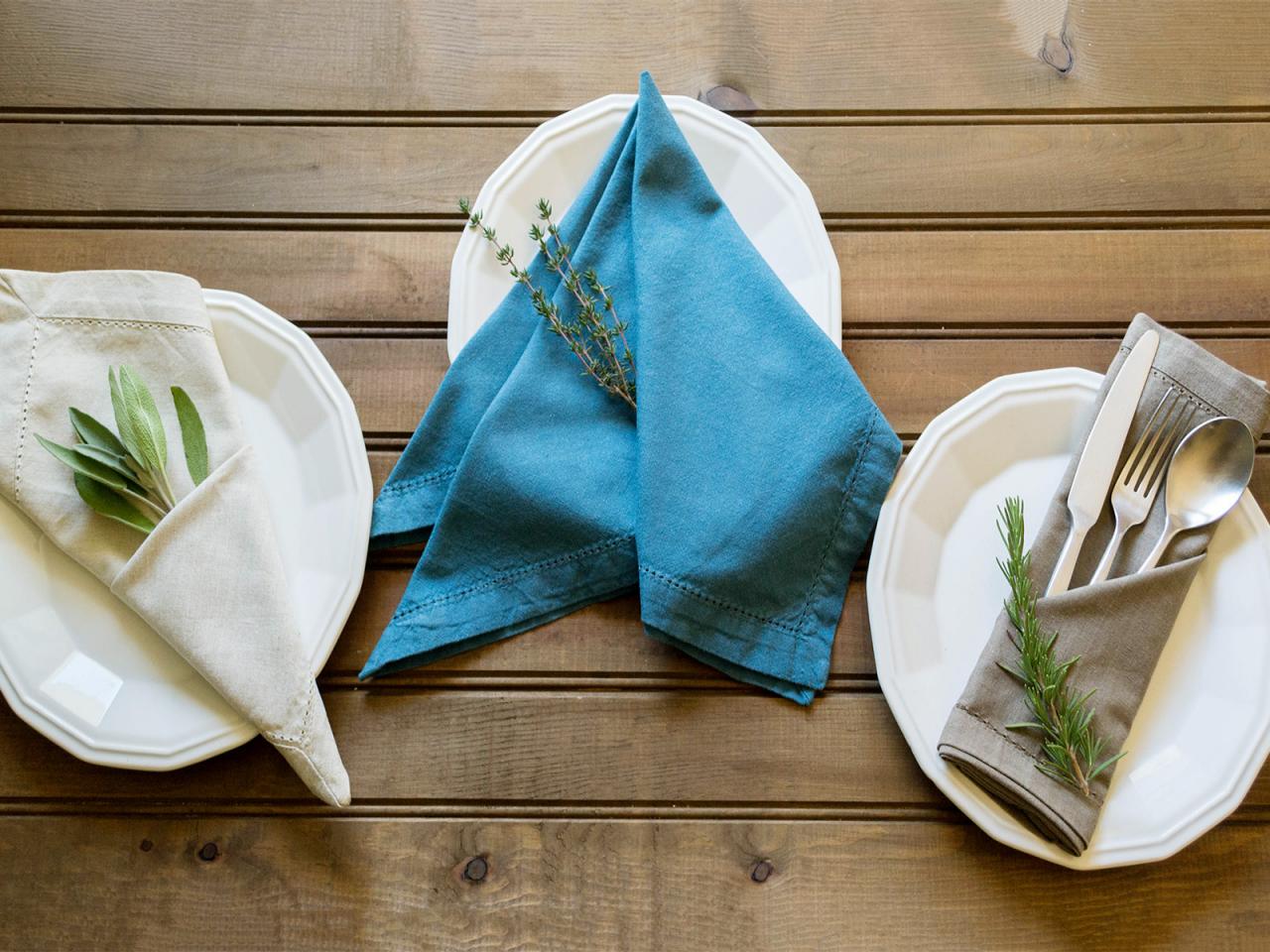

Tableware
What Is A Napkin Made Of
Modified: January 5, 2024
Discover what tableware napkins are made of and learn about the different materials used in manufacturing them. Find out how napkins contribute to an eco-friendly dining experience.
(Many of the links in this article redirect to a specific reviewed product. Your purchase of these products through affiliate links helps to generate commission for Storables.com, at no extra cost. Learn more)
Introduction
When it comes to tableware, there is one item that often gets overlooked but plays a crucial role in enhancing dining experiences – the humble napkin. A napkin is more than just a piece of fabric or paper used to wipe our hands or mouths; it is a symbol of hospitality, refinement, and attention to detail.
The history of the napkin dates back centuries, with evidence of its existence found in ancient civilizations such as Egypt and Rome. Over time, napkins have evolved from simple pieces of cloth to a diverse range of materials and styles. From fabric napkins to paper napkins and even biodegradable alternatives, there is a wide array of options to choose from to suit individual preferences and occasions.
Wondering what the different types of napkins are and how they are made? In this article, we will explore the various types of napkins, delve into the manufacturing process, discuss their environmental impact, and even look at alternative uses for these versatile table essentials.
So, whether you’re a tableware enthusiast looking to expand your knowledge or simply curious about the fascinating world of napkins, join us on this exploration of this often-overlooked but essential tableware item.
Key Takeaways:
- Napkins have a rich history dating back to ancient civilizations, evolving from fabric to paper and biodegradable options. They offer elegance, practicality, and environmental considerations for diverse dining experiences.
- Beyond their traditional role, napkins can be repurposed for crafts, gift wrapping, home cleaning, and outdoor activities, showcasing their versatility and creativity. Embrace the multitude of possibilities napkins offer in everyday life.
Read more: What Is A Decoupage Napkin
History of Napkins
Napkins have been a part of human civilization for thousands of years. The earliest evidence of napkin usage can be traced back to ancient Egypt, where paintings on tombs showcase individuals using napkins during meals. These early napkins were likely made of linen, a fabric that was highly valued in ancient Egyptian society.
In ancient Rome, the use of napkins became even more prevalent. The upper classes would often carry their own napkins, known as “mappa,” to social gatherings. These mappa were made of fine linen or cotton and were embroidered with intricate designs or monograms as a sign of wealth and status.
During the Middle Ages, napkins continued to be a symbol of high social standing. Nobles would often display their wealth by using napkins made of luxurious fabrics, such as silk or satin, embellished with gold or silver thread. In contrast, lower classes would use more modest materials like wool or coarse linen.
As time went on, the use of napkins spread to other parts of the world. In China, for example, silk napkins were commonly used during elaborate banquets as a sign of elegance and refinement. In Japan, a similar tradition called “oshibori” emerged, where small, damp towels were given to guests as a way to refresh themselves before a meal.
It wasn’t until the Renaissance period in Europe that paper napkins were introduced. The Chinese had long been making paper from various materials, including mulberry bark, but it was in 16th century Italy that paper napkins made their debut. These early paper napkins were likely made from recycled cotton rags and were used by the wealthy as a way to showcase their sophistication and modernity.
Since then, the use of napkins has become a common practice around the world. Whether it’s a formal dinner party or a casual meal at home, napkins have become an indispensable part of table settings, adding an element of elegance and practicality to any dining experience.
Next, let’s take a closer look at the different types of napkins available today and how they have evolved over time.
Types of Napkins
When it comes to napkins, there is a wide variety of options available, each with its own unique characteristics and uses. Let’s explore some of the most common types of napkins:
- Fabric Napkins: Fabric napkins are a classic choice for formal dining occasions. They are typically made from cotton, linen, or a blend of fibers. Fabric napkins come in various sizes, colors, and patterns, allowing you to choose the perfect one to complement your table setting. They can be reused, making them not only eco-friendly but also adding a touch of elegance to any meal.
- Paper Napkins: Paper napkins are a convenient and disposable option for everyday use. They are widely available and come in a range of colors and designs to suit different preferences and occasions. Paper napkins are perfect for picnics, outdoor gatherings, or casual meals where easy cleanup is desired.
- Biodegradable Napkins: With increasing awareness about environmental sustainability, biodegradable napkins have gained popularity. Made from renewable resources such as bamboo or recycled paper, biodegradable napkins are designed to break down naturally without leaving a harmful impact on the environment. They offer a guilt-free alternative to traditional paper napkins.
- Cocktail Napkins: Cocktail napkins are smaller in size and are often used for drinks and appetizers. They are typically made from paper and come in a range of decorative designs. Cocktail napkins add a touch of sophistication and practicality to social gatherings and cocktail parties.
- Decorative Napkins: Decorative napkins are designed to make a statement. They often feature intricate patterns, embroidered details, or artistic prints. Decorative napkins can be made of fabric or paper, and they are a great way to add a touch of elegance and style to special occasions or holiday celebrations.
- Pocket Napkins: Pocket napkins, also known as “napkin folds,” are creatively folded napkins that serve both functional and aesthetic purposes. They can be folded into various shapes, such as fans, flowers, or utensil holders, adding a decorative element to table settings. Pocket napkins are commonly used in formal events, restaurants, or high-end dining establishments.
These are just a few examples of the many types of napkins available in the market. The type you choose will depend on factors such as the occasion, desired aesthetic, and personal preference.
Now that we’ve explored the different types of napkins, let’s delve into the manufacturing process behind these essential tableware items.
Fabric Napkins
Fabric napkins are a timeless and elegant choice for any dining occasion. Made from cotton, linen, or a blend of fibers, fabric napkins offer a luxurious feel and a touch of sophistication to your table setting.
One of the advantages of fabric napkins is their versatility. They come in a range of sizes, colors, and patterns, allowing you to choose the perfect napkin to complement your table decor and create the desired ambiance. Whether you’re hosting a formal dinner party or enjoying a casual family meal, fabric napkins can elevate the dining experience.
When it comes to fabric choices, cotton and linen are the most common options. Cotton napkins are soft, lightweight, and easy to care for. They are available in a variety of weaves, from plain to jacquard, offering different levels of texture and design. Cotton napkins are often preferred for everyday use due to their durability and practicality.
Linen napkins, on the other hand, are known for their luxurious appearance and exceptional absorbency. Linen tends to have a naturally crisp texture, which adds an elegant touch to the table. Linen napkins are highly absorbent, making them ideal for formal occasions where spills are more likely to occur. However, linen napkins may require more care and maintenance compared to cotton napkins.
Another popular fabric choice is a blend of cotton and polyester. This blend combines the softness and breathability of cotton with the wrinkle-resistant and easy-care properties of polyester. Cotton-polyester blend napkins are durable and can withstand frequent use and washing without losing their shape or color.
When caring for fabric napkins, it is recommended to follow the manufacturer’s instructions. In general, fabric napkins can be machine washed and dried, although some may require gentle or delicate cycles to preserve their quality. Ironing may be necessary to achieve a crisp and polished look.
Whether you opt for cotton, linen, or a blend, fabric napkins add a special touch to any table setting. With proper care, they can be reused countless times, making them not only an environmentally friendly choice but also a cost-effective option in the long run.
Now that we’ve explored fabric napkins, let’s move on to paper napkins and discover their convenience and practicality.
Paper Napkins
Paper napkins are a convenient and popular choice for everyday use and casual dining occasions. They offer a range of benefits, from easy cleanup to a wide variety of colors and designs.
One of the primary advantages of paper napkins is their disposable nature. Unlike fabric napkins, paper napkins can be discarded after use, eliminating the need for washing and ironing. This makes them ideal for informal gatherings, picnics, outdoor barbecues, or any event where quick and hassle-free cleanup is desired.
Paper napkins come in a wide array of colors and designs, allowing you to match them with your table decor or create a specific theme for your event. From solid colors to vibrant patterns, there is a paper napkin to suit every taste and occasion.
Another advantage of paper napkins is their affordability and availability. They are widely accessible in grocery stores, party supply shops, and online retailers, making them a convenient choice for last-minute gatherings or when a large number of napkins is needed.
While convenience and affordability are key factors in choosing paper napkins, it’s important to consider their environmental impact. Due to their disposable nature, paper napkins contribute to waste generation. However, many manufacturers have responded to growing concerns about sustainability by offering eco-friendly options.
Recycled paper napkins are made from post-consumer waste paper, reducing the reliance on virgin materials. They go through a process where the paper fibers are broken down and reformed into new napkins. By choosing recycled paper napkins, you can help minimize the environmental footprint associated with their production.
In recent years, biodegradable and compostable paper napkins have also gained popularity. These napkins are made from natural or organic materials, such as bamboo or sugarcane fibers, which break down easily in composting systems. Biodegradable and compostable paper napkins offer a more sustainable alternative, as they reduce the amount of waste ending up in landfills.
When using paper napkins, it’s important to note that they may not be as durable as fabric napkins. They are more prone to tearing or disintegrating when wet, so it’s essential to choose a quality brand that offers good absorbency and strength.
In summary, paper napkins provide convenience, affordability, and a wide range of designs, making them a popular choice for everyday use and casual dining occasions. While they may not have the same elegance and longevity as fabric napkins, eco-friendly options are available to minimize their environmental impact.
Now, let’s explore biodegradable napkins and their role in promoting sustainability.
Napkins are commonly made from paper, cloth, or a combination of both. Paper napkins are typically made from wood pulp, while cloth napkins are made from natural fibers like cotton or linen. Consider the environmental impact and durability when choosing napkin materials.
Read more: How To Fold A Napkin With A Napkin Ring
Biodegradable Napkins
In response to growing concerns about environmental sustainability, biodegradable napkins have gained popularity as a more eco-friendly alternative to traditional paper napkins. These napkins are designed to break down naturally without leaving a harmful impact on the environment.
Biodegradable napkins are typically made from renewable resources such as bamboo, sugar cane fibers, or even recycled paper pulp. These materials are chosen for their ability to decompose naturally over time, reducing the amount of waste that ends up in landfills.
One of the key benefits of biodegradable napkins is their reduced environmental footprint. The production of these napkins often utilizes less energy and water compared to traditional paper napkins made from virgin materials. Furthermore, since they are made from renewable resources, biodegradable napkins help conserve finite resources and support sustainable practices.
When it comes to disposal, biodegradable napkins can be safely composted. Composting is a natural process where organic materials, including biodegradable napkins, break down and turn into nutrient-rich soil. By composting biodegradable napkins, you not only divert waste from landfills but also contribute to the creation of natural fertilizer that can be used for gardening or agriculture.
It’s important to note that not all biodegradable napkins are compostable. Some may require specific composting conditions, such as higher temperatures or longer durations, to fully break down. It’s recommended to check the packaging or consult the manufacturer’s instructions to ensure proper disposal.
While biodegradable napkins offer a more sustainable alternative, it’s crucial to consider the overall lifecycle impact. Factors such as transportation, manufacturing processes, and the use of additives or dyes can still affect the environmental footprint of these napkins. It’s important to choose products that are certified as biodegradable and produced by reputable manufacturers committed to sustainable practices.
By opting for biodegradable napkins, you can make a positive choice towards reducing waste and promoting sustainability in your everyday life. Whether it’s for casual gatherings or events, biodegradable napkins combine convenience with environmental responsibility.
Now that we’ve explored the world of biodegradable napkins, let’s dive into the manufacturing process and understand how these essential tableware items are made.
Manufacturing Process of Napkins
The manufacturing process of napkins can vary depending on the type of napkin being produced, whether it’s fabric or paper. Let’s take a closer look at the general manufacturing process for each type:
Fabric Napkins:
- Material Selection: The first step in manufacturing fabric napkins is selecting the appropriate fabric. Common choices include cotton, linen, or a blend of fibers.
- Weaving: The selected fabric is then woven on a loom to create the desired pattern and texture. Different weaving techniques can produce various effects, such as plain, twill, or jacquard weaves.
- Cutting: Once the fabric is woven, it is cut into squares or rectangles according to the desired napkin size. Precise cutting ensures uniformity and neat edges.
- Finishing: The cut fabric napkins undergo various finishing processes, such as hemming or serging the edges to prevent fraying. Some napkins may also undergo additional treatments, such as ironing or pressing, to achieve a polished look.
- Packaging: After the finishing process, the fabric napkins are folded, stacked, and packaged for distribution. They may be sold individually or in sets.
Paper Napkins:
- Paper Production: The production of paper napkins starts with the creation of the paper itself. It begins with raw materials, such as wood pulp, recycled paper, or specialty fibers like bamboo or sugarcane. The fibers are mechanically or chemically processed to form a pulp, which is then spread onto a wire mesh to create a thin layer.
- Rolling and Cutting: Once the paper pulp has dried, it is rolled onto large reels. The paper is then unwound from these reels and cut into large sheets. These sheets are further cut into smaller sizes, typically the dimensions of a napkin, using specialized cutting machines.
- Embossing and Printing: To add texture or design, the paper napkins can go through an embossing process where patterns or logos are pressed onto the surface. Printing may also be applied to add colors, images, or decorative elements to the napkins.
- Folding: After embossing and printing, the paper napkins are folded into their final form. There are various folding techniques, such as quarter-fold, dispenser-fold, or intricate decorative folds, depending on the intended use or market requirements.
- Packaging: The folded paper napkins are then packaged, often in stacks or bundles, and prepared for distribution. Packaging materials can range from plastic or cardboard sleeves to eco-friendly alternatives, depending on the company’s sustainability initiatives.
It’s important to note that the manufacturing process may vary among different manufacturers and depending on the specific requirements of the napkin. However, the general steps outlined above provide an overview of the processes involved in creating both fabric and paper napkins.
Now that we understand the manufacturing process, it’s essential to examine the environmental impact of napkins and explore alternative uses for these versatile table essentials.
Environmental Impact of Napkins
While napkins serve a practical purpose during meals, it’s important to consider their environmental impact. Both fabric and paper napkins have implications in terms of resource consumption, waste generation, and overall sustainability.
Fabric Napkins:
Fabric napkins have a relatively lower environmental impact compared to disposable paper napkins. However, the production of fabric napkins involves the use of resources such as water, energy, and chemicals. The cultivation and processing of cotton or linen fibers require agricultural inputs, including pesticides and fertilizers.
On the positive side, fabric napkins offer reusability, which can significantly reduce waste. By opting for fabric napkins and washing them instead of discarding after each use, you can minimize the amount of waste generated. However, it’s important to consider the environmental impact of laundering fabric napkins, which requires water, energy, and detergent.
Paper Napkins:
Disposable paper napkins, while convenient, contribute to waste generation. The production of paper napkins involves the conversion of raw materials into pulp, which can require significant energy and water. Deforestation may also occur if the paper is sourced from unsustainable logging practices.
Additionally, the transportation and packaging of paper napkins contribute to their overall environmental impact. The use of dyes, chemicals, and bleaching agents in paper production can also have environmental consequences if not managed properly.
To mitigate the environmental impact of paper napkins, several options are available. Choosing recycled paper napkins made from post-consumer waste reduces the demand for virgin materials and conserves resources. Biodegradable and compostable paper napkins made from renewable or organic materials offer a more sustainable alternative, as they break down naturally without harm to the environment.
Reducing the Environmental Impact:
Regardless of the type of napkin you choose, there are steps you can take to reduce the environmental impact:
- Opt for reusable fabric napkins to minimize waste and conserve resources. Choose organic or sustainably sourced fabrics when possible.
- If using paper napkins, choose recycled options or biodegradable/compostable alternatives.
- Dispose of paper napkins properly. If composting is available, consider composting biodegradable napkins. Otherwise, dispose of them in the appropriate waste bin.
- Conserve resources by using napkins sparingly and opting for smaller sizes when appropriate.
- Consider sustainable laundering practices for fabric napkins, such as using eco-friendly detergents, washing in cold water, and line drying when possible.
Being mindful of the environmental impact of napkins can assist in creating a more sustainable dining experience. By making informed choices and taking steps to reduce waste, we can all contribute to a healthier planet.
Now, let’s explore alternative uses for napkins beyond their traditional role.
Alternative Uses for Napkins
Napkins may have a primary purpose of being handy tableware accessories during meals, but their versatility extends beyond the dining table. Here are some creative and practical alternative uses for napkins:
- Craft Projects: Use fabric napkins as materials for various craft projects. Cut and sew them into decorative pillow covers, tote bags, or cloth napkin rings. The wide variety of designs and colors available in fabric napkins can add a unique touch to your DIY creations.
- Gift Wrapping: Instead of using traditional wrapping paper, repurpose fabric or decorative paper napkins to wrap small gifts or create unique gift pouches. Tie them with a ribbon or twine for a charming and eco-friendly presentation.
- Flower Arrangements: Use paper napkins as decorative accents in flower arrangements or as makeshift vase liners. Fold them into decorative shapes or patterns and place them around the base of the flowers to add a pop of color and protect the vase from water stains.
- Home Cleaning: Napkins, particularly fabric ones, can be useful for cleaning and dusting around the house. They are gentle on surfaces, making them suitable for wiping delicate items such as glassware, collectibles, or electronic devices.
- Picnics and Outdoor Activities: Napkins, especially paper or biodegradable ones, are essential for outdoor gatherings, picnics, or even camping trips. Use them for wiping hands, cleaning surfaces, or creating impromptu placemats on the ground.
- Creative Crafts for Kids: Engage children in creative play by using napkins for crafts. Let them decorate paper napkins with colorful markers or create simple origami designs. This can be a fun and entertaining activity for kids of all ages.
- Party Décor: For festive occasions, use napkins as part of your party décor. Fold and arrange them into decorative shapes or use them as colorful napkin rings. Consider coordinating them with your party theme or color scheme for a cohesive look.
- Impromptu Potholders or Trivets: In a pinch, fabric napkins can serve as makeshift potholders or trivets to protect surfaces from hot dishes or pans.
- Travel Essentials: Pack a few fabric or paper napkins in your travel bag. They can come in handy as a quick snack mat, a disposable tissue in case of emergencies, or a makeshift coaster for your drinks.
These alternative uses for napkins showcase their versatility and creativity beyond their traditional role. By thinking outside the box, you can maximize the utility and enjoyment of napkins while adding practical and decorative touches to various aspects of life.
As we conclude our exploration of napkins, we hope you’ve gained a deeper appreciation for these seemingly simple tableware essentials and the wide range of possibilities they offer.
Now, go forth and embrace the potential of napkins in your own unique and imaginative way!
Read more: What Size Is A Cocktail Napkin
Conclusion
Napkins, whether fabric or paper, play an essential role in enhancing our dining experiences. They bring a touch of refinement, warmth, and practicality to the table, elevating even the simplest of meals. Throughout history, napkins have evolved from simple pieces of cloth to a diverse range of materials, designs, and uses.
Understanding the different types of napkins available, such as fabric, paper, or biodegradable options, allows us to make informed choices based on our needs, preferences, and environmental considerations. Fabric napkins offer elegance, reusability, and a wide variety of styles to suit any occasion. Paper napkins provide convenience, affordability, and a range of designs for everyday use.
While enjoying our napkins, it’s important to be mindful of their environmental impact. Fabric napkins can be washed and reused, minimizing waste and conserving resources. Paper napkins, however, contribute to waste generation, but choosing recycled or biodegradable options can help reduce their impact. By making conscious choices and practicing responsible disposal, we can strive to minimize the ecological footprint of our tableware choices.
Moreover, napkins offer more than just their traditional use. They can be repurposed for crafts, used as gift wraps, incorporated into home cleaning routines, or utilized for outdoor activities. Their versatility and creativity extend beyond the dining table, allowing us to infuse style, functionality, and personal touches into various aspects of our lives.
As we conclude our exploration of napkins, let us embrace the multitude of possibilities they offer. From adding elegance to our table settings to serving as materials for creative projects, napkins are truly versatile and valuable additions to our everyday lives.
So next time you sit down for a meal or embark on a crafting adventure, take a moment to appreciate the simple beauty and practicality of napkins. They may be small in size, but their impact can be significant.
Now, go forth and enjoy the richness of dining experiences with your chosen napkins, knowing that you have a deeper understanding of their history, types, manufacturing processes, environmental impact, and alternative uses.
Frequently Asked Questions about What Is A Napkin Made Of
Was this page helpful?
At Storables.com, we guarantee accurate and reliable information. Our content, validated by Expert Board Contributors, is crafted following stringent Editorial Policies. We're committed to providing you with well-researched, expert-backed insights for all your informational needs.
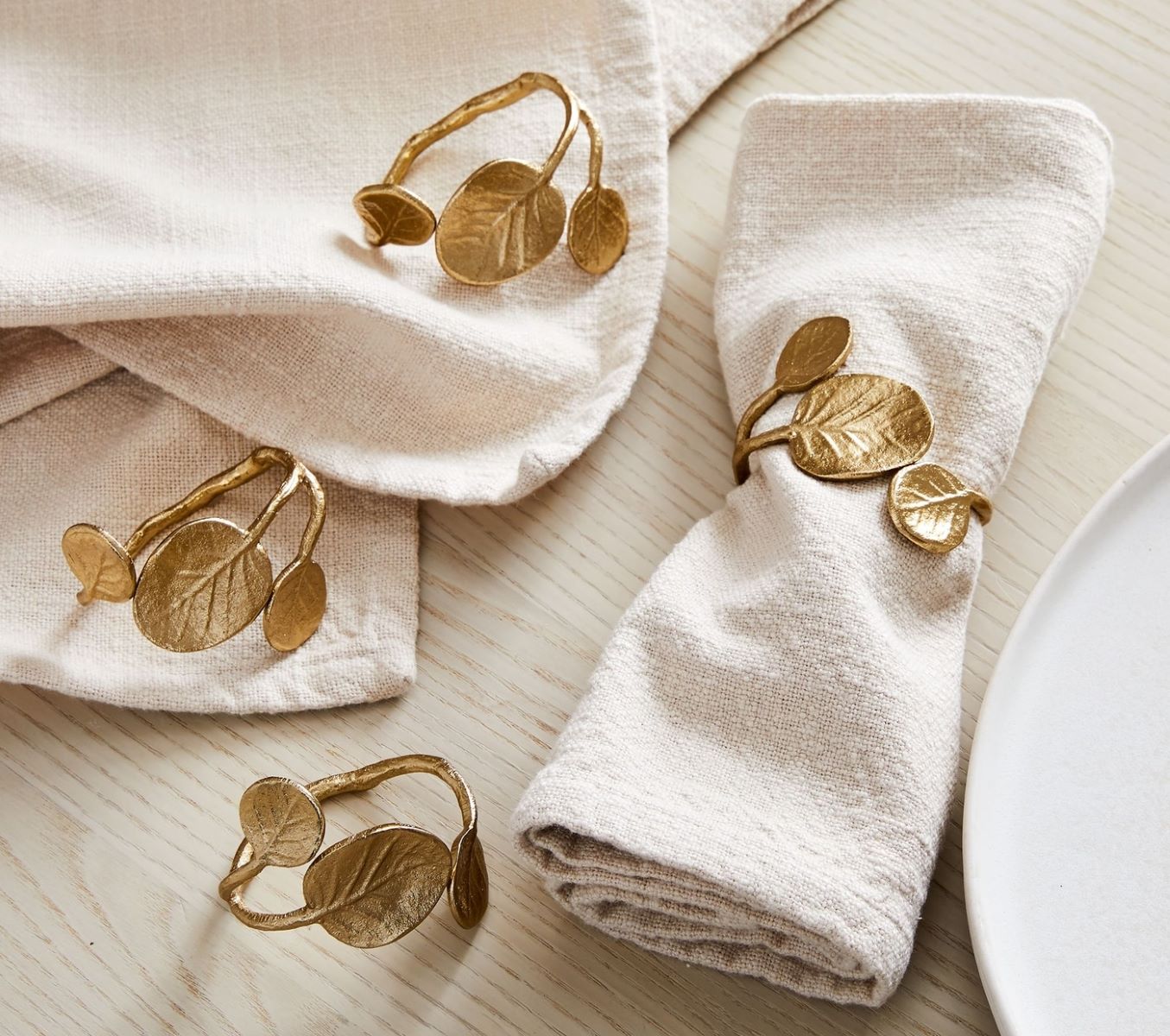
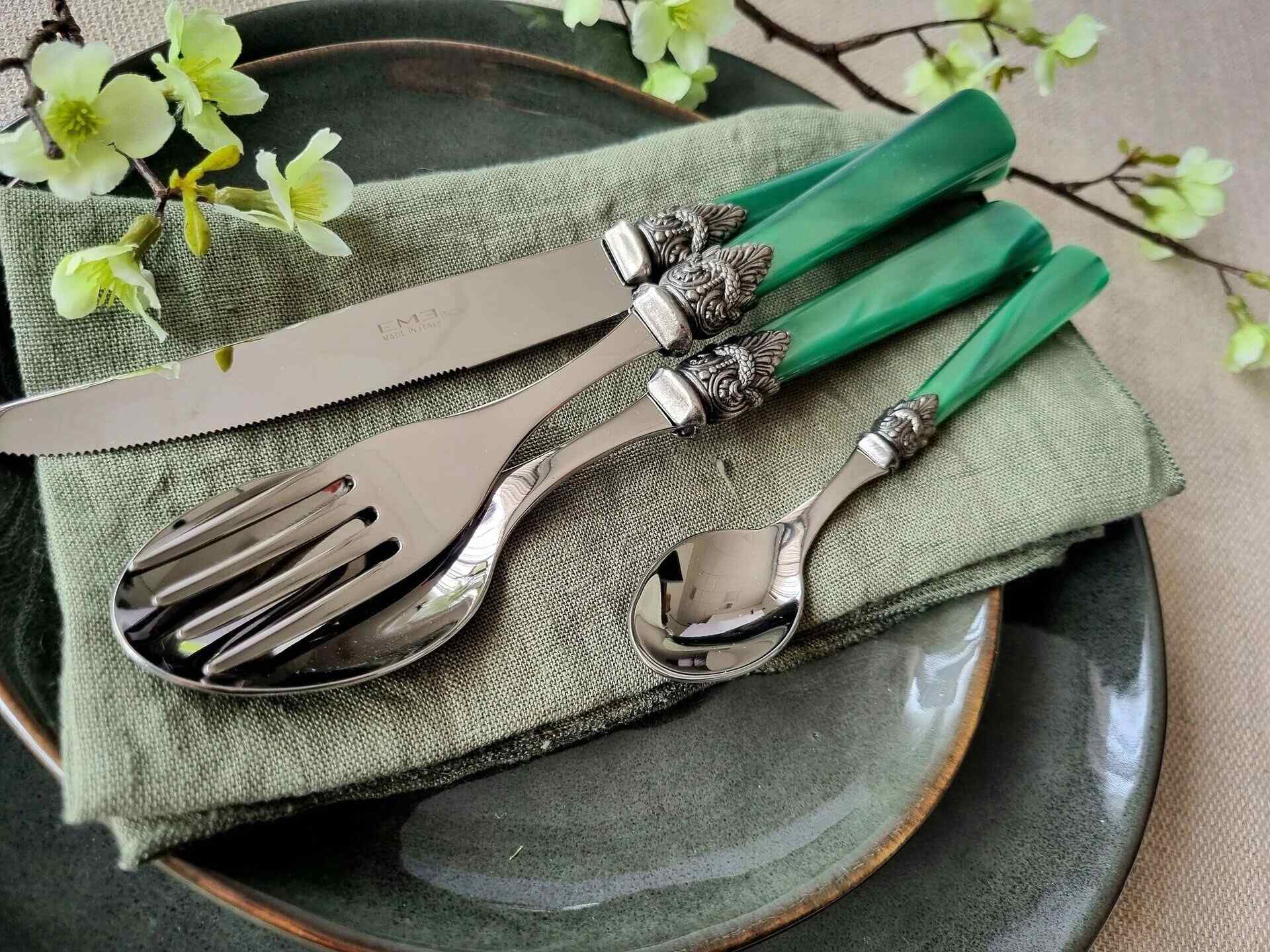

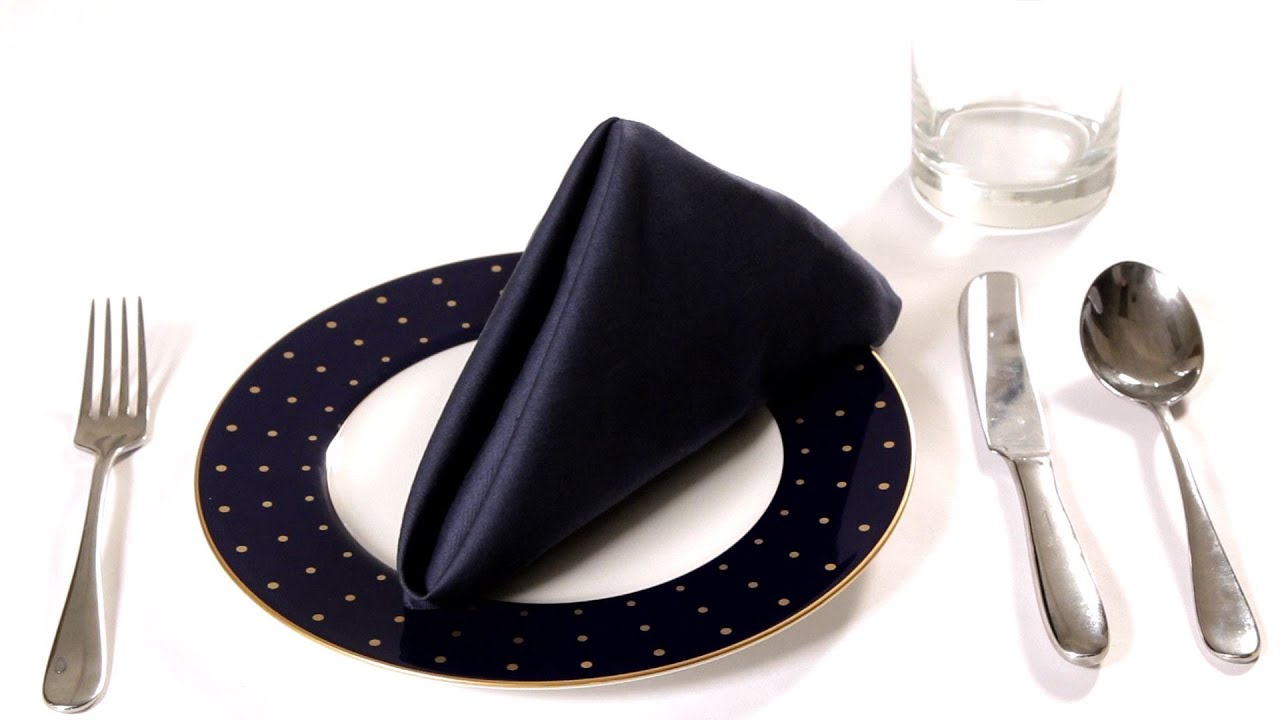
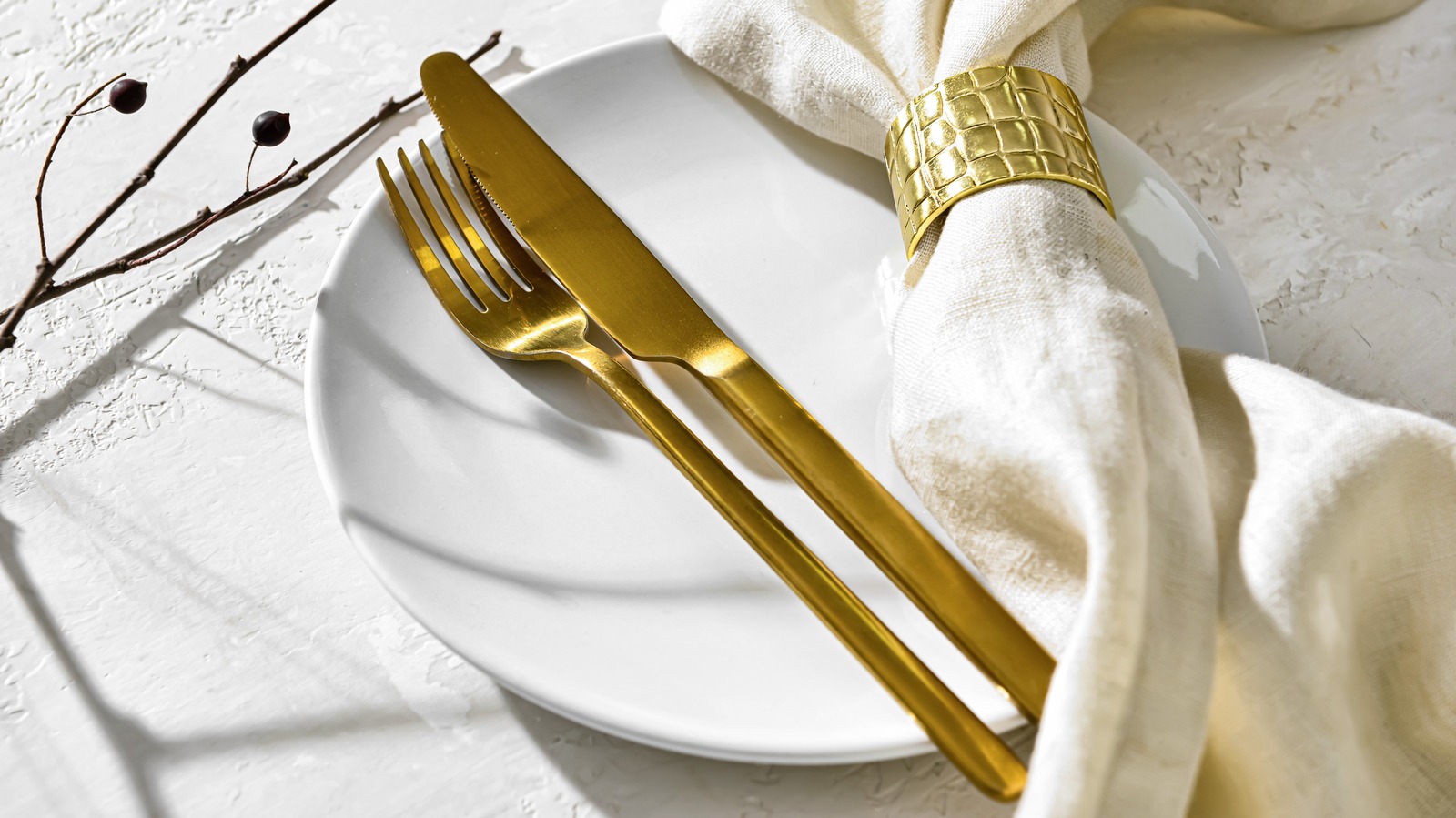
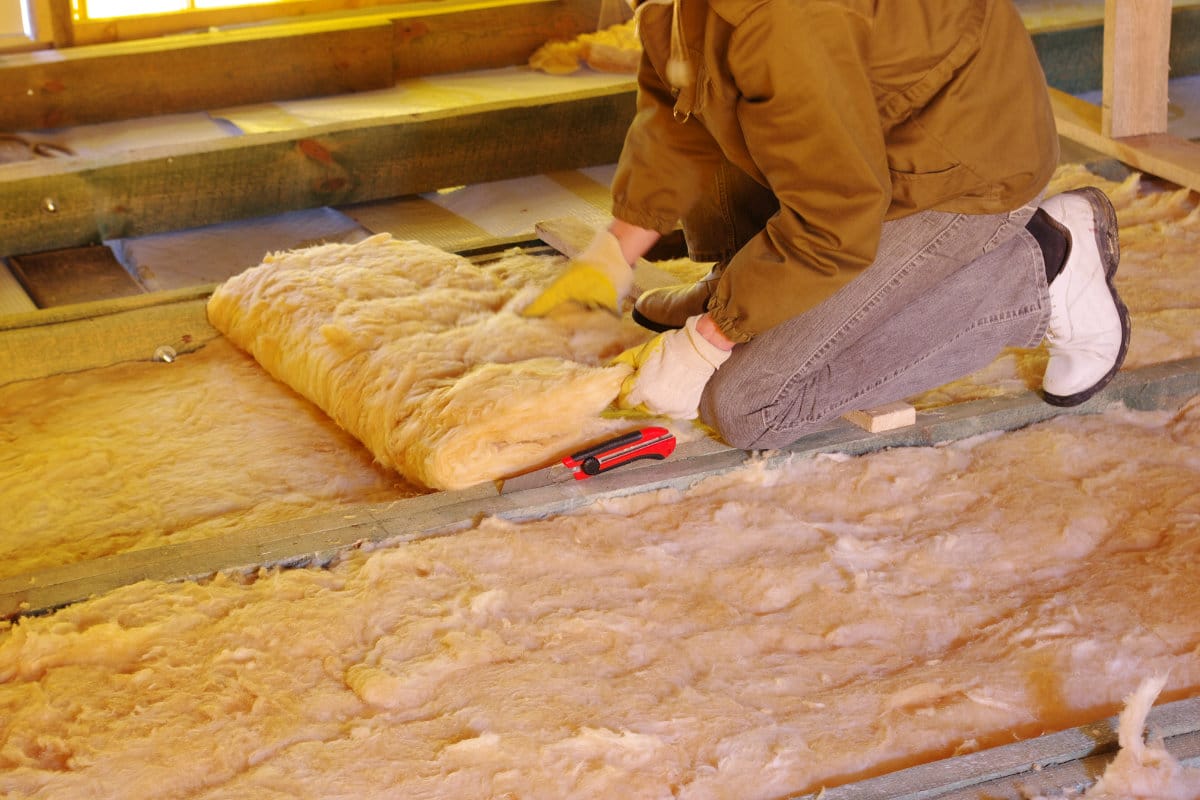

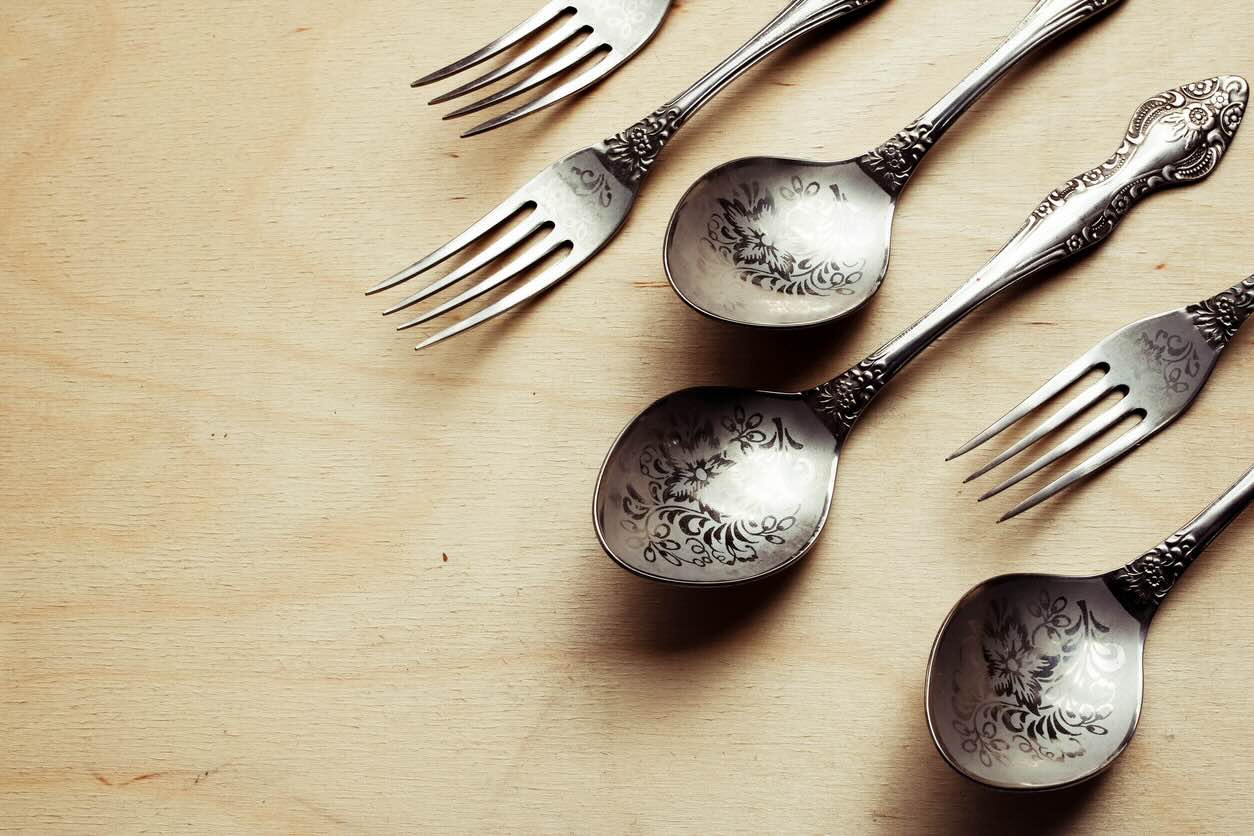
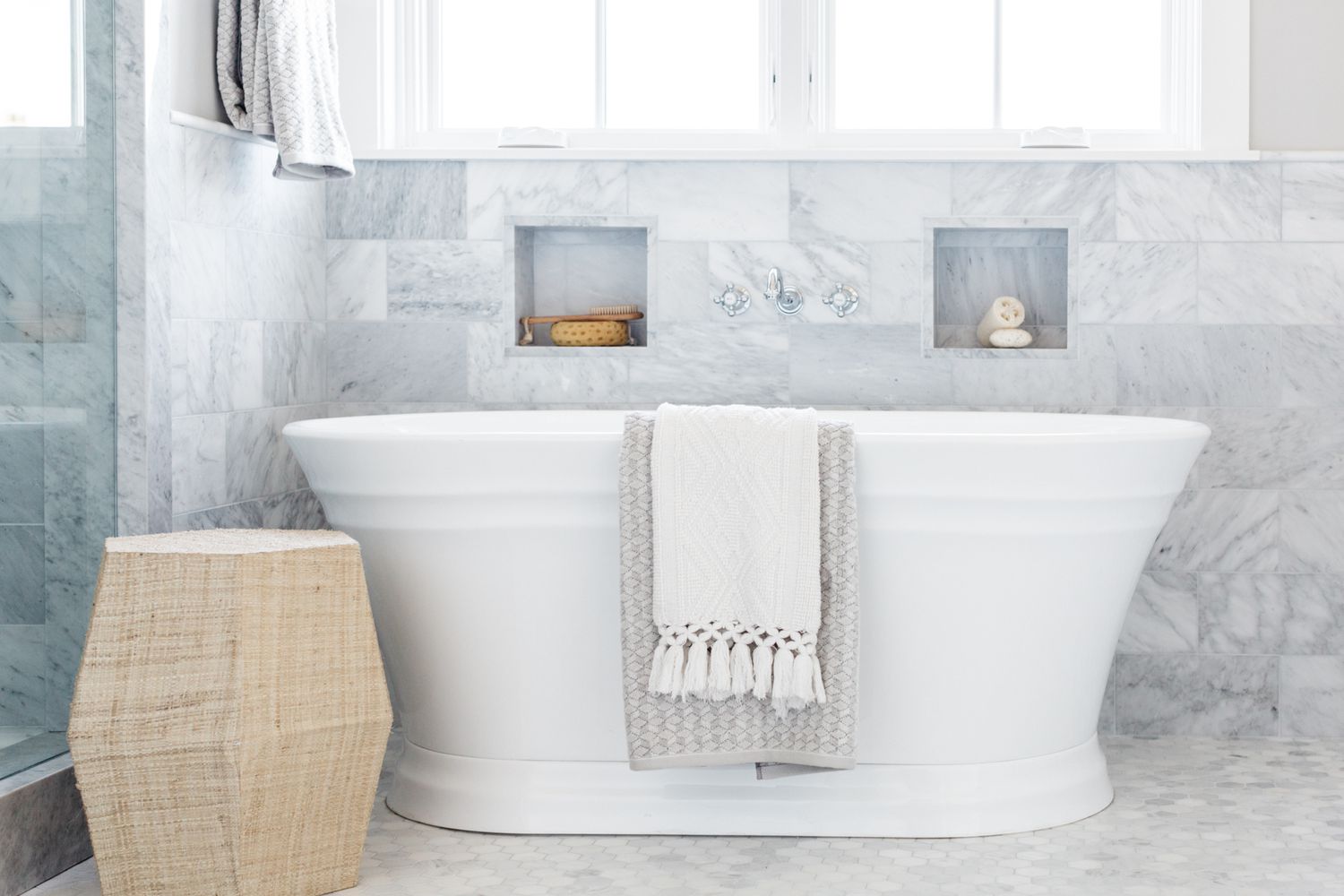

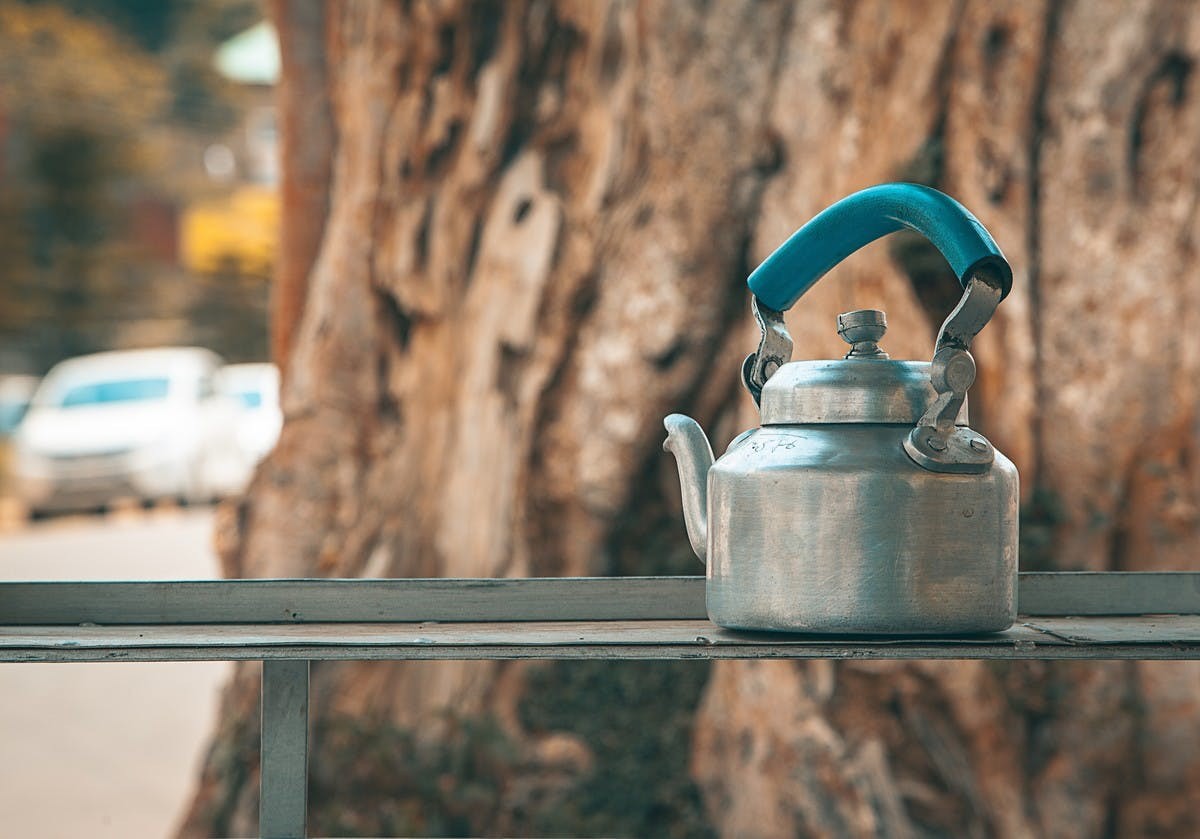
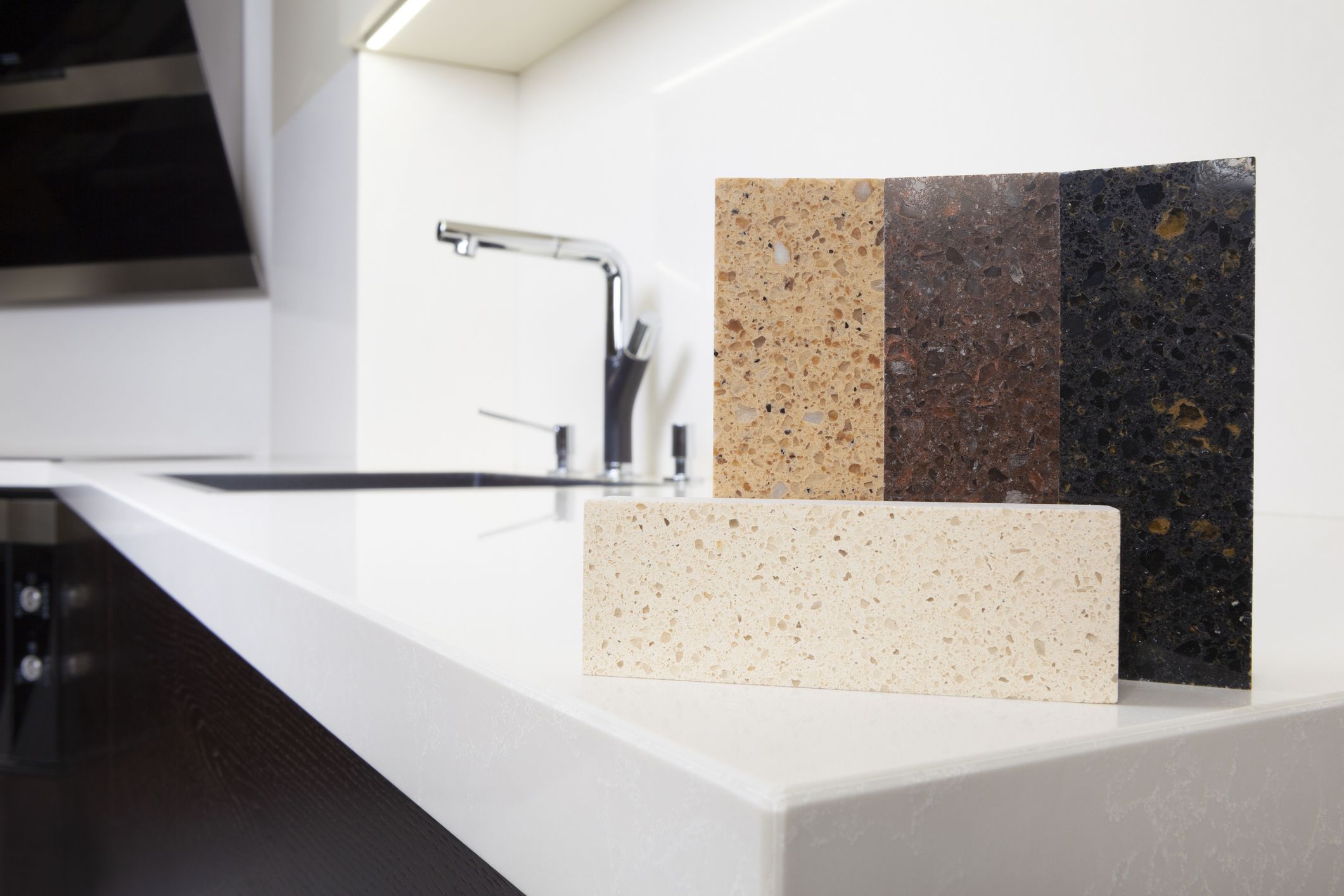
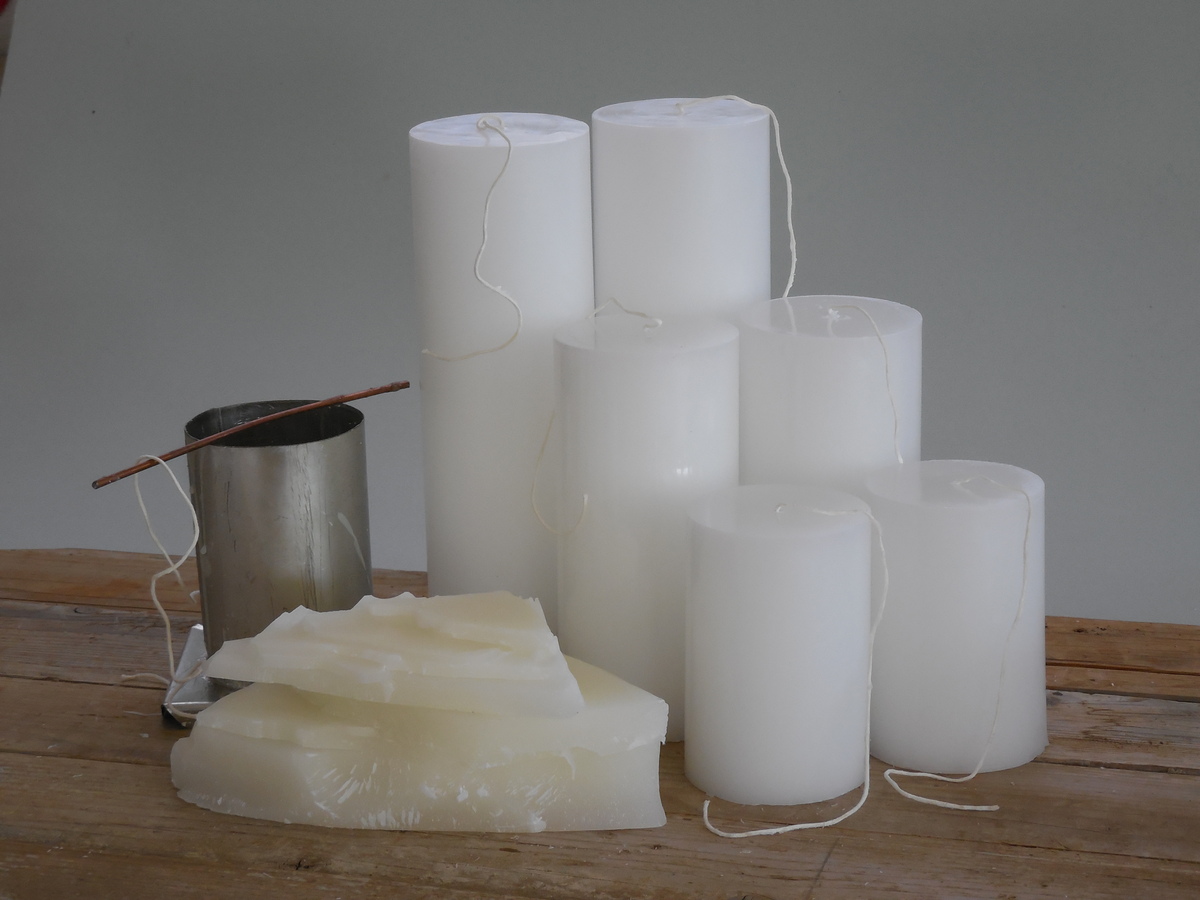

0 thoughts on “What Is A Napkin Made Of”